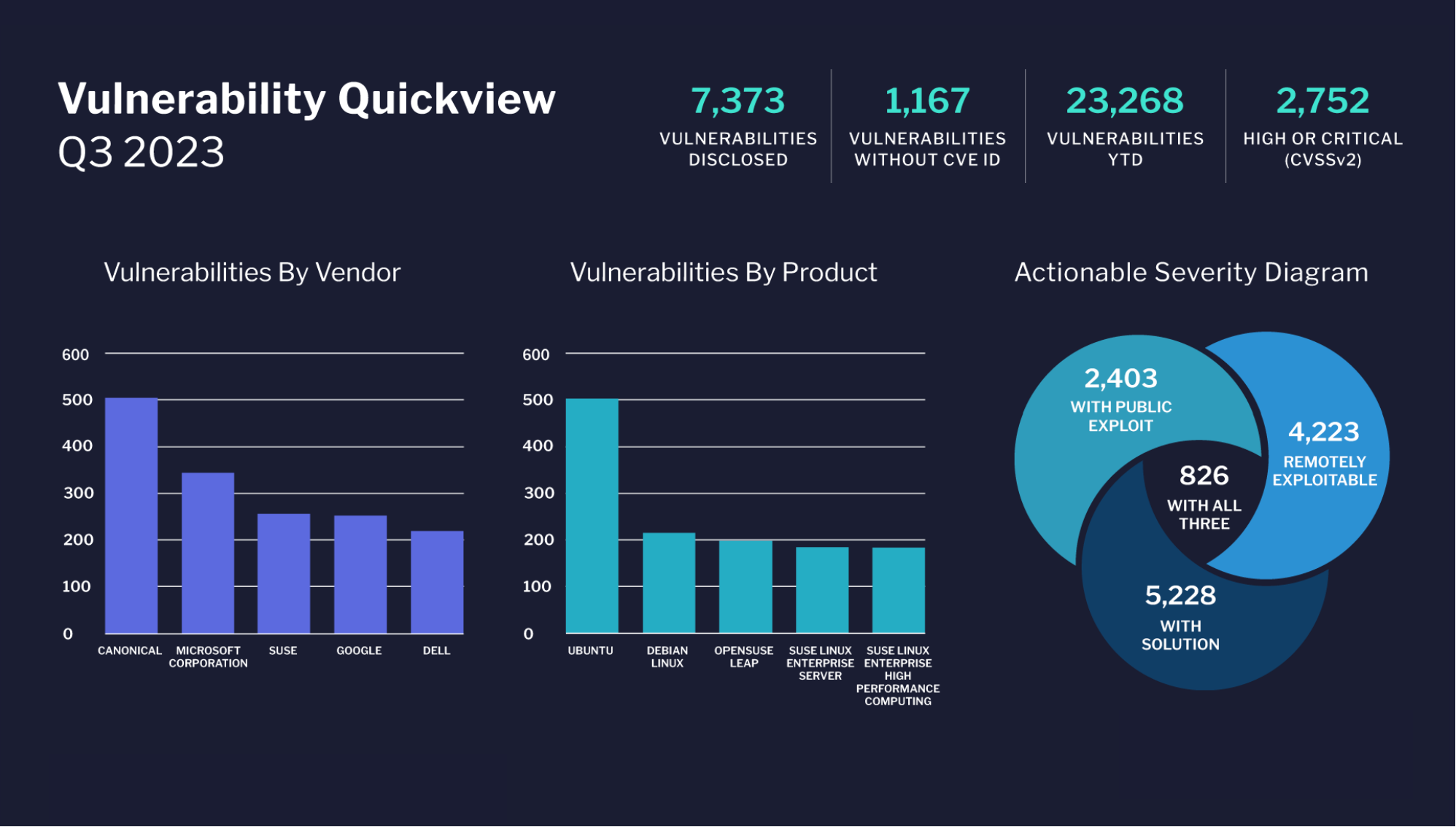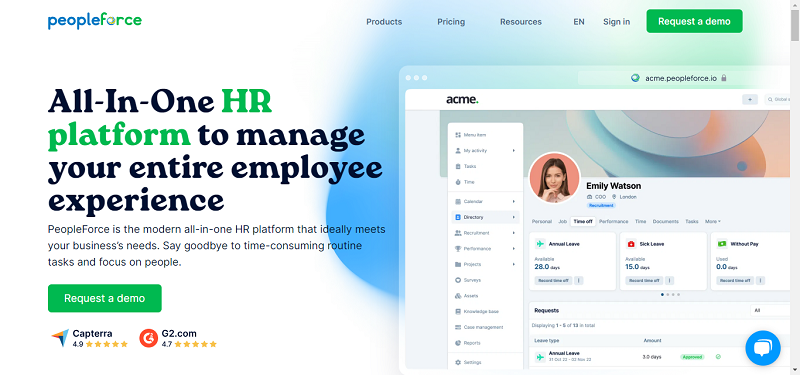What used to be an unknown and mysterious term, “the cloud” is now a common and mostly understood technology. At the most basic level, consumers see the cloud as a place where their photos are backed up or a way to keep their favourite apps connected. At the enterprise level, the cloud is seen as the future of enterprise computing that will impact every corner of an organisation. As the cloud has become a proven and effective technology, enterprises have moved more and more workloads over to the cloud. This growth, coupled with the vision of the future of enterprise computing in the cloud is raising questions about the ability to scale cloud technology.
Building the underlying hardware and software that make up the infrastructure of the enterprise cloud is no small feat. Through technologies such as ten gigabit networking, high performance load-balancers, enterprise-grade compute servers, solid-state drives, in-memory databases, database sharding and many others, clouds can achieve its true Scaling potential. Scaling is nothing if not supporting significant volumes of customer data and transactions.

For today’s CIO, scaling their business matters. But all the benefits of the cloud will not matter if the technology is unable to scale as enterprises move toward running day to day business operations in the cloud. As enterprises have expanded into the cloud it has not been abnormal to see companies, including many of the Fortune 500, looking to deploy cloud-based applications across all departments while expecting the same up-time and reliability as legacy systems. What these companies are finding out, however, is that not all scaling is created equal.
Enterprises need a cloud technology that can not only handle huge volume, but do so with customized support, ease of maintenance, and high availability. For instance, an enterprise cloud needs to scale appropriately to serve more than twenty billion application queries every hour and up to tens of billions of database transactions a month. That’s a lot of data.
Beyond the volume supported by a properly scaled cloud technology, to successfully run their business, enterprises need an advanced cloud architecture known as multi-instance. Using a multi-instance cloud architecture, customers can experience near infinite scaling with their own unique database. Instead of commingling resources or relying on a centralized database, instances are deployed on a per-customer basis. In a multi-instance cloud, the needs of each customer are realized and scaled as needed. For example, a customer Instance can serve hundreds of thousands of enterprise employees across the world. Within these individual instances, tens of thousands of tasks and millions of database transactions can be performed daily consuming multiple terabytes of storage. It’s safe to say that there isn’t an enterprise workload that cannot be handled on a multi-instance enterprise cloud. As an added bonus, a multi-instance cloud provides the following benefits:
Through the use of these technologies, even the world’s largest enterprises can rely on the cloud. No scale is too large for the advanced technology powering today’s enterprise cloud. Beyond the size of the scale, intelligent cloud technology, such as multi-instance cloud computing, also ensures that the enterprise cloud is highly available, easy to manage, and isolated on its own database with no commingling with other customer’s data. The enterprise cloud changes the way the industry gets work done, making it an indispensable way for organizations today, and in the future, to run their businesses.
By Allan Leinwand





